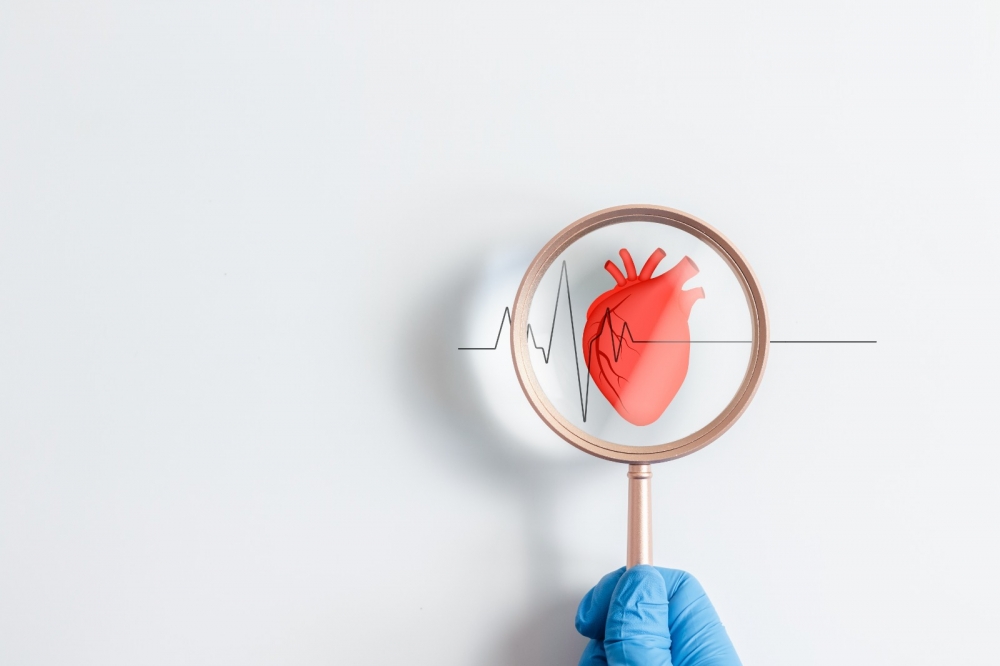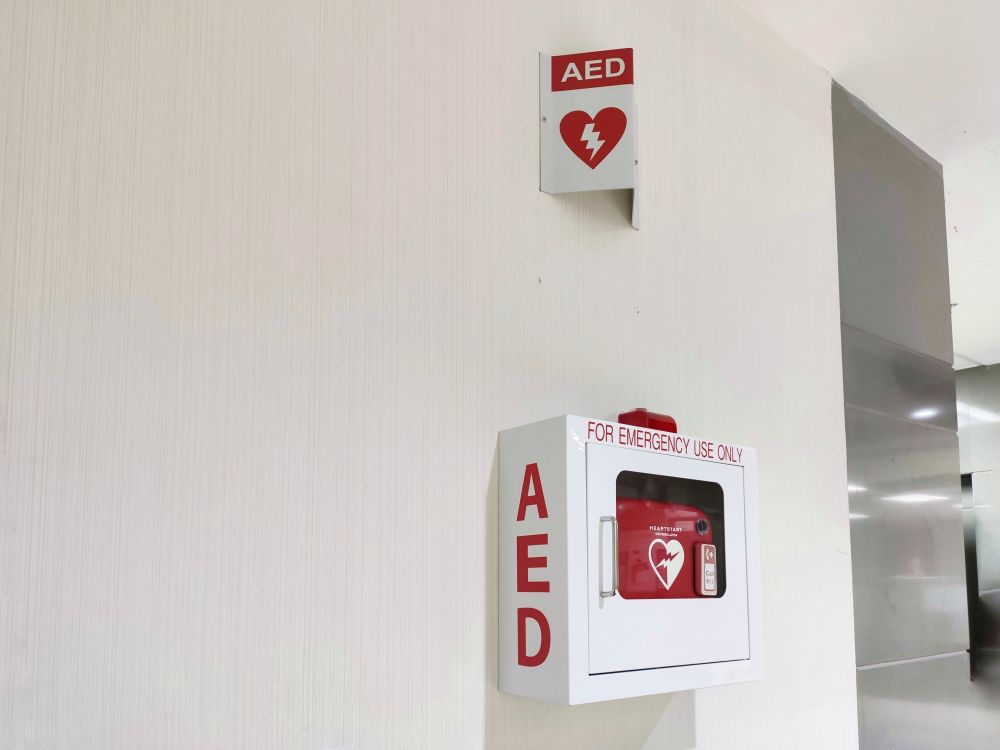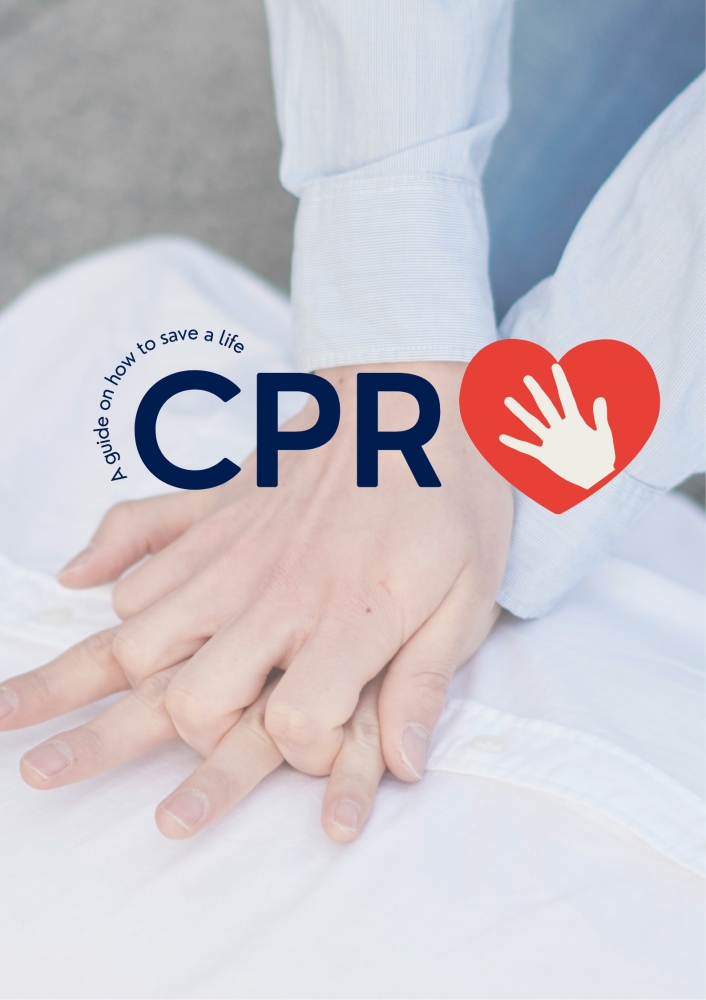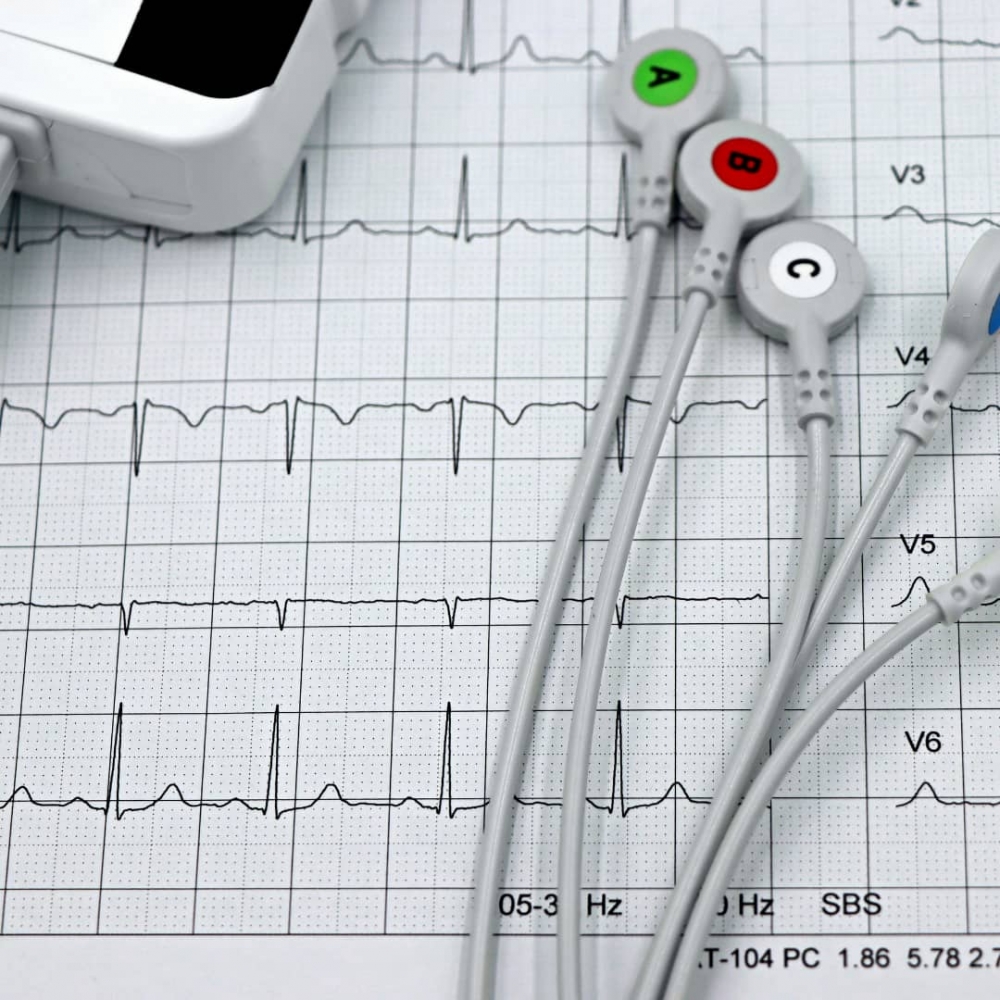#HEALTH: Preterm infants most at risk of respiratory distress syndrome
.jpg)
Babies who are born prematurely often face various risks and health challenges, and one of the most common conditions is respiratory distress syndrome (RDS). - File pic credit (Vecteezy)
IN 2020, 6.63 per cent of births in Malaysia were preterm births.
The World Health Organization (WHO) defines a preterm infant as a baby born before 37 weeks of pregnancy are completed.
Sunway Medical Centre Velocity (SMCV)'s consultant paediatrician and neonatologist, Dr Lee Mei Ling, said babies who are born prematurely often face various risks and health challenges.
One common issue Dr Lee usually encounters with preterm babies is respiratory distress syndrome (RDS).
RESPIRATORY DISTRESS SYNDROME
"RDS is a disease primarily affecting preterm infants, whereby their lungs are underdeveloped.
"Once a mother is pregnant, the foetus has to go through a few stages to have fully developed lungs. When a baby is born prematurely, the formation and structure of its lungs are still immature," Dr Lee explains.
RDS usually occurs because the baby's lungs lack surfactant, a substance produced in the foetus' lungs starting from week 24 of pregnancy.
The surfactant's function is to expand the lungs and improve oxygenation when a baby is born, while also preventing the alveoli of lungs from collapsing.
The percentage of surfactant in the lungs of preterm babies is lower compared to term babies, which causes the former to experience difficulty breathing.
Symptoms of RDS include: rapid or laboured breathing, grunting, nasal flaring, retractions in the skin around the ribs, cyanosis (skin turning bluish), low blood pressure, weak cry or lethargy, decreased oxygen levels and temperature regulation problems.
Besides premature birth, Dr Lee said other risk factors for RDS include multiple births (giving birth to twins, triplets), infection, foetuses with certain congenital problems and mothers with underlying medical conditions.
"With in-vitro fertilisation (IVF), we are seeing more multiple births, which puts the babies at risk of getting RDS.
"For mothers with gestational diabetes mellitus, it may sometimes cause their babies to have RDS. What happens is the high sugar level in the mother's body may reduce the function of surfactant, even if the baby is born at term," said Dr Lee.

According to Dr Lee Mei Ling, symptoms of RDS include rapid or laboured breathing, grunting, nasal flaring, retractions in the skin around the ribs, cyanosis (skin turning bluish), low blood pressure, weak cry or lethargy, decreased oxygen levels and temperature regulation problems.- File pic credit (NSTP)
WHAT PARENTS SHOULD KNOW
As a neonatologist, part of Dr Lee's responsibilities is to provide counselling for mothers with complications during pregnancy as well as parents with preterm babies.
She says that parents need to know what they will be facing, adding that it takes an extra level of commitment and understanding when raising a preterm infant.
Treatment options for infants with RDS include oxygen support, non-invasive ventilation methods via face masks to invasive methods like intubation and surfactant administration directly to the lungs.
For serious cases, parents need to be prepared for their infants to be in the neonatal intensive care unit (NICU).
"Usually when a baby is born preterm, a neonatologist will attend to their delivery, and the baby will be transported to the NICU via a portable incubator to provide warmth.
"The (environment for the) baby may seem very intense once the baby reaches the NICU, since the baby will be attached to monitoring tools to monitor the heart rate, blood pressure and oxygenation. The baby will also be required to be on a lot of intravenous fluids (IVs) and an umbilical line.
"If there is intubation involved, the baby may be hooked on to a machine.
"Thus, the environment may feel very intense and overwhelming for the parents," she shared.
While the infant is in NICU, Dr Lee says that the best thing a mother can do is to express breast milk.
She stresses the importance of having a good support system, since having an infant in NICU means parents would be away from their infant for an extended period. There could also be different complications, which is something parents need to anticipate.
Dr Lee said that the recovery process takes anywhere from one week to months, depending on how early the baby was born.
She recommends that, even after discharge, parents should try to keep their baby at home for six months to a year, while the child's immunity is still low. A good, healthy environment at home and regular follow-ups are also a must.
KembaliSuggest to Read









